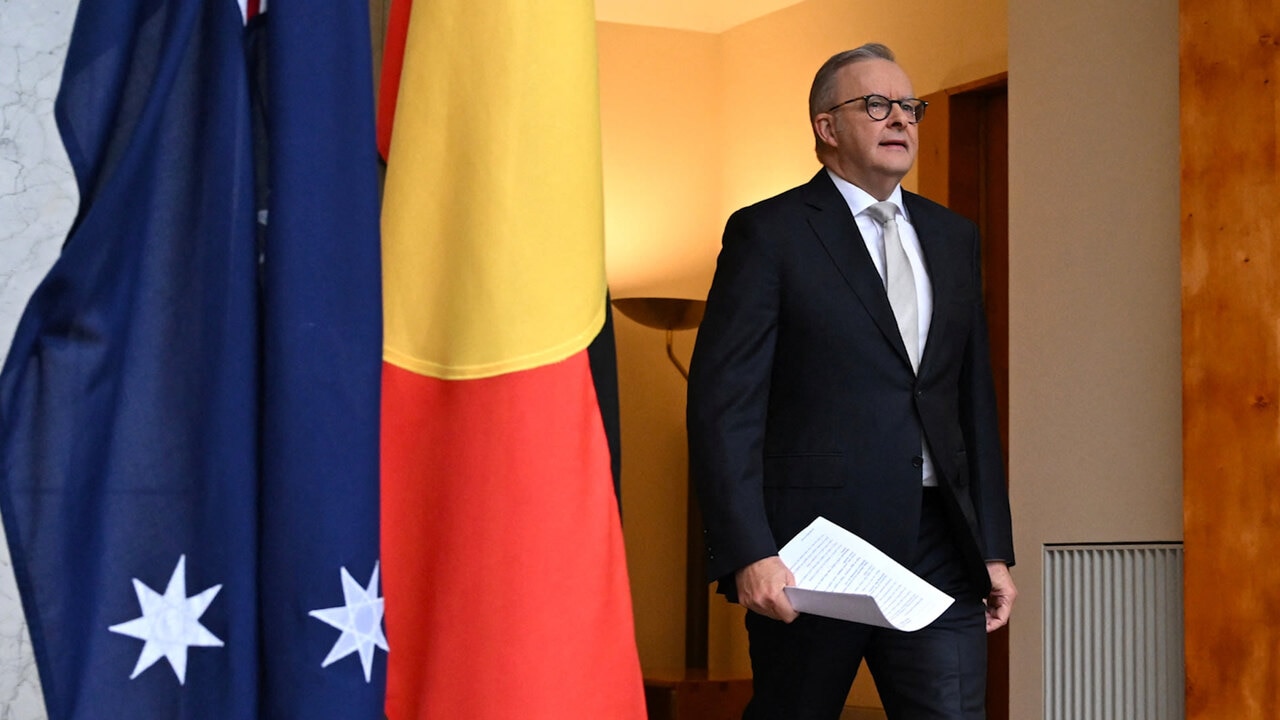
Australia and the rest of the world have been anticipating being hit with higher tariffs since Donald Trump began his presidential election campaign. Naturally, we will and must express our strong opposition to what the US has done.
But we will be drowned out in a chorus of international opposition, particularly from Asian countries who now have much higher tariffs than Australia.
It’s vital Anthony Albanese and Peter Dutton do not turn this into a “who can hit Trump the hardest” competition but rather look at how we can turn it to our advantage.
To help guide the nation I sought advice from a person who is respected in the trade area by both political parties: former trade minister Andrew Robb. He put together many of the free trade agreements we now enjoy.
I concluded that after our initial strong expressions of opposition, we might view April 3, 2025 as Liberation Day for Australia just as the US President has declared it Liberation Day for the US. As I explain below, the beef situation is different.
To see April 3 as Liberation Day for Australia we need first to understand that US Secretary of State Marco Rubio has made it very clear the issue of tariffs, which was a central part of the President’s election policy manifesto, is quite separate from defence considerations.
That means Australia is liberated because the ANZUS defence alliance with the US becomes separate from what we do on the trade front.
We should continue talking to the US about tariffs and beef, but it’s time to take advantage of that liberation and develop a much more active role in regional trade.
It’s here I sought the advice of Robb, and he has put forward a strategy for both our political leaders.
“We should shine a huge light on our fundamental opposition to returning to a closed world of elite narcissism where the large and the strong do what they will, and the small and weak suffer what they must,” he says.
“We could and should make an unequivocal statement of where we stand by initiating a bold free trade initiative to combine the TPP (Trans Pacific Partnership) and the RCEP (Regional Comprehensive Economic Partnership) free trade agreements to create one truly Asia/Pacific free trade zone.”
Australia, Brunei, Japan, Malaysia, New Zealand, Singapore and Vietnam are in both of the existing agreements. Cambodia, China, Indonesia, South Korea, Laos, Myanmar, The Philippines and Thailand are only in the RCEP, while Canada, Chile, Mexico, Peru and the UK are only in the TPP.
India is in neither agreement, but we have a trade agreement with India which puts us in a rare position of advantage in the region.

I think Robb is right that by bringing the two agreements together we will boost both the region and Australia’s position within the region.
It would obviously be more effective if India also joined, but that may be later. The US should be invited, even though at this point under its current trade policy it would not accept.
There will be tensions with the US because China, as a member of the RCEP, would be a leading player. But thanks to Rubio we have been invited to keep defence alliances and trade agreements separate – in other words, we have been liberated.
And let’s keep beef separate. The beef industry will have boundless safety reasons for US beef not being allowed into Australia.
But with a few extra safeguards the real reason becomes that we are protecting our beef industry. The President is right.
On the other hand, America needs our beef in its hamburger industry, partly because we help insulate it against droughts and other local forces impacting US domestic beef production. But more importantly, we are integrated into the US hamburger industry.
The US focuses on highly profitable grain-fed beef production for local and export markets. It claims it only imports beef “from countries that have gone through a rigorous USDA audit process and have proven that their food safety systems are equivalent to ours”.
By blending the higher fat content of US beef trimmings with Australian lean beef, it lowers the cost of hamburgers and maintains the flavour.
Theoretically, the US could replace Australian beef with local beef, but it’s much more profitable to sell US beef on the export market than use it in local hamburgers.
Of course that may change if US beef is excluded from its export markets.
We are being invited by the US President to discuss beef, and we should take up the invitation. It will give us the opportunity to explain we are taking advantage of his tariffs in our region to involve ourselves more deeply in regional trade, while taking advantage of the Rubio declaration.





